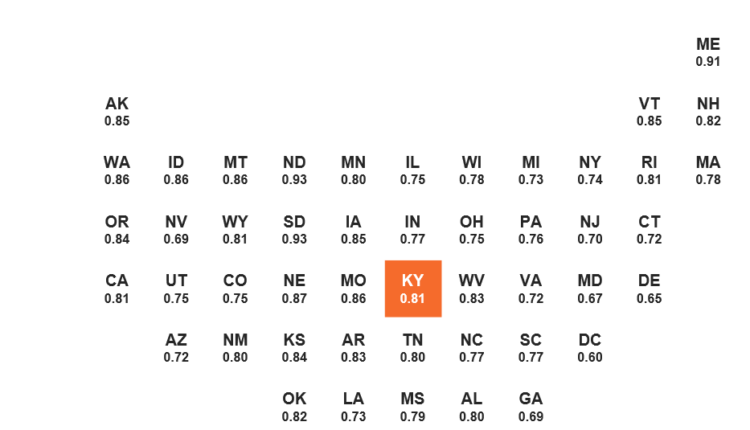
Starting is the Hardest Part
By Brian Headd, Economist
The Kauffman Foundation is a Kansas City-based organization whose work supports entrepreneurship, education and inclusion, in general. Like the Office of Advocacy, the foundation conducts research, supports data collection, and sponsors research and analysis to meet their objectives. Recent research from Kauffman focusing on startups is providing a barometer for those seeking to understand the small business economy overall.
Kauffman’s new series of reports on business openings uses U.S. Census Bureau data as the underlying metric. 2018 New Employer Business Report focuses on new business trends at the national and state levels. https://indicators.kauffman.org/.
While other data sources have shown that the business startup world is struggling,[i] this report sharpens the focus on the issue by separating it into four measures of business startup activity. These measures are:
- Rate of new employer business actualization – Percent of businesses that pay a first employee within two years of filing to employ workers for the first time (visualized in the image at top);
- Rate of new employer businesses – Number of new employer businesses per 100 people;
- New employer business velocity – Average time to become an employer business, in quarters, within a two-year period; and
- Employer business newness – New employers as a share of all employer businesses.
The variables capture unique aspects of entrepreneurship. For instance, the rate of new employer business actualization provides insight into when owners plan to take the plunge into hiring that first person and whether the economic and financial conditions are right to follow through. Employer business newness illustrates whether new firms are gaining traction and adding to the economy or whether they are merely replacing other new firms that quickly closed.
Taken together, the four indicators illustrate that the declining trend of new businesses seen in recent decades seems to be leveling off. New employer business velocity climbs from 2005 to 2014 (the latest year available for this variable). The trends of the other three decline from 2005 to the Great Recession, and then side-tracked to 2018.
The state-level analysis finds relatively large differences among the states. The national rate of new employer businesses was 0.12 in 2018 (or 1.2 new businesses for every 1,000 people), and it ranged from West Virginia’s 0.07 to Wyoming’s 0.31. It is interesting to note that the state differences stayed relatively constant over time, similar to the national trend.
One of the report’s key contributions is in making Census’s relatively new data source, Business Formation Statistics, much more digestible through data visualizations and narrative explanations.
With increased visibility, Kauffman’s New Employer Business Reports will help small business advocates and policymakers better understand the plight of the economy’s most delicate building block, the nascent entrepreneur.
[i] For an example, see “Fewer Startup Jobs Created In Recent Decades,” Kristin McCue and James Lawrence, U.S. Census Bureau, January 2018. https://www.census.gov/library/stories/2018/01/startup-firms.html.
